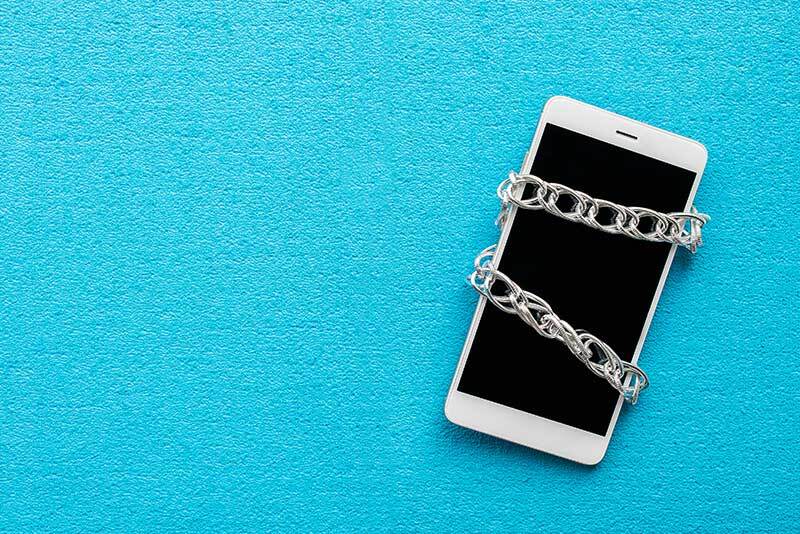Social media: the ultimate brain fog machine that makes us forget what we were supposed to do, who we were supposed to call, and what day it is, all in the name of cheap dopamine hits.
Let’s understand how social media affects dopamine.
Social media and dopamine have a well-documented connection, as social media platforms have been designed to trigger the release of dopamine in our brains.
When we receive a notification or a like on social media, it can trigger a rush of dopamine in our brains, leading to feelings of pleasure and satisfaction. This positive reinforcement encourages us to continue using social media and seeking out these pleasurable experiences.
However, this constant stimulation of dopamine can lead to addiction and negative consequences such as decreased attention span, anxiety, and depression. The constant need for validation and the fear of missing out (FOMO) can also lead to a cycle of addictive behavior, where users feel compelled to constantly check their social media accounts.
Furthermore, studies have shown that social media use can lead to a decrease in the quality of social interactions and can lead to feelings of loneliness and isolation. This can be especially damaging for those who are already prone to anxiety or depression.
Social Media Dopamine Detox

A social media dopamine detox is a process of intentionally limiting or eliminating the use of social media in order to reduce the amount of dopamine stimulation in the brain. It involves taking a break from social media platforms in order to reset the brain’s dopamine system and reduce the negative effects of addiction.
A dopamine detox can involve a complete break from social media for a certain period of time, or it can involve setting strict limits on the amount of time spent on social media each day. This can be especially helpful for those who find themselves constantly checking their accounts, experiencing FOMO, or feeling overwhelmed by the constant stimulation of social media.
During a dopamine detox, individuals may focus on alternative activities that promote the release of quality dopamine, such as exercise, spending time with loved ones, reading, or engaging in hobbies. This can help to retrain the brain’s reward system to prioritize healthy, positive experiences over the addictive behaviors associated with social media use.
How Can You Avoid Cheap Dopamine?
Now that we understand the connection between social media and dopamine. We need to be aware of the fact that the dopamine hits we get from social media fall under the category of cheap dopamine.
Cheap dopamine refers to the quick and easy release of dopamine that we get from activities that require minimal effort. This can include activities like binge-watching TV shows, eating junk food, or scrolling through social media. While these activities may provide a temporary sense of pleasure, they often lead to a cycle of dependence, where we rely on them to feel good. In order to break free from this dopamine dependence below activities can help you a lot.
1. Practice mindfulness:

Mindfulness can help you become more aware of your thoughts and actions. It can help you recognize when you are seeking cheap dopamine and help you shift your focus to healthier activities.
2. Get regular exercise:

Exercise is one of the most effective ways to boost good dopamine levels. It doesn’t have to be an intense workout – even a simple walk can release dopamine and make you feel better.
3. Practice gratitude:
Practicing gratitude can help you focus on the positive things in your life, which can boost your good dopamine levels. Try keeping a gratitude journal or simply taking a few minutes each day to reflect on what you’re grateful for.
4. Seek professional help:
If you are struggling with dopamine deficiency, seek professional help. A therapist or doctor can help you identify the root cause of your dopamine deficiency and provide you with effective treatment options.
How Many Days Are Needed For Dopamine Detox?
If you’re looking to break free from your dependence on cheap dopamine, it may be worth considering a dopamine detox. This involves taking a break from activities that release dopamine, such as social media, junk food, and alcohol. While there is no set time frame for a dopamine detox, many people find that taking a break for a few days or even a week can help reset their brain’s reward system and reduce their dependence on cheap dopamine.
Conclusion
Now that we know about social media and dopamine connection and how the cheap and easily accessible dopamine hits from social media can have negative consequences on our mental health and well-being, we need to limit the sources of cheap dopamine in our lives. To limit cheap dopamine and excessive use of social media, it’s important to be mindful of the way we interact with these platforms and prioritize healthy, positive experiences that promote the release of quality dopamine. This can include setting boundaries on social media use, taking breaks, and engaging in activities that promote well-being. By taking a proactive approach to managing our dopamine levels and social media use, we can improve our mental health and overall quality of life. Remember, moderation is key when it comes to social media and dopamine, and prioritizing quality experiences over cheap thrills can lead to a happier, healthier life.
Resources:
- https://www.researchgate.net/publication/333774040_A_Research_On_Social_Media_Addiction_and_Dopamine_Driven_Feedback
- https://www.iomcworld.org/open-access/neurotransmitter-dopamine-da-and-its-role-in-the-development-of-social-media-addiction-59222.html

Priyanka Khurana Goyal is an ardent fitness expert, fashion enthusiast, believer of chemical free lifestyle. Believing in profound benefits of chemical free lifestyle, she has embraced Read more

